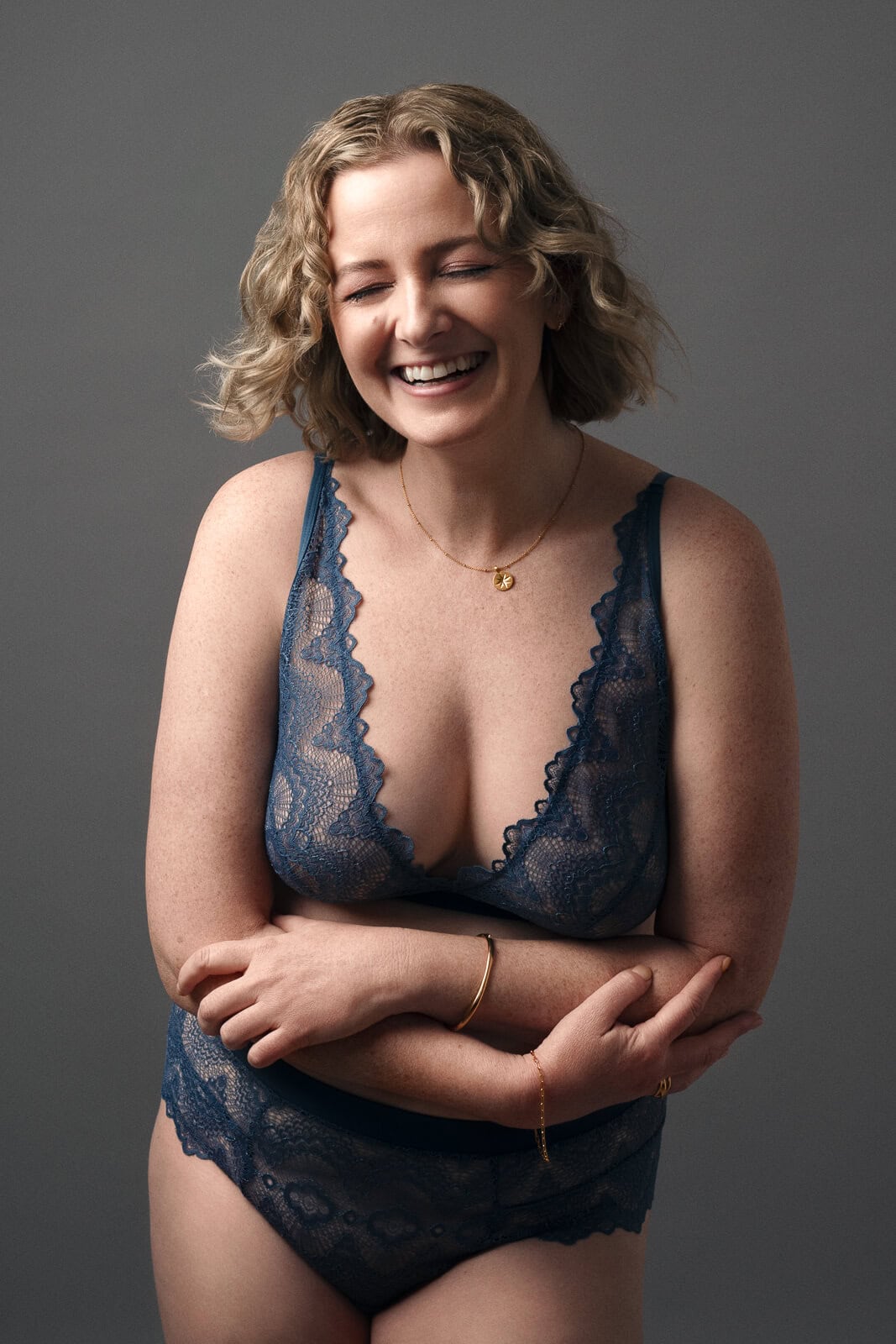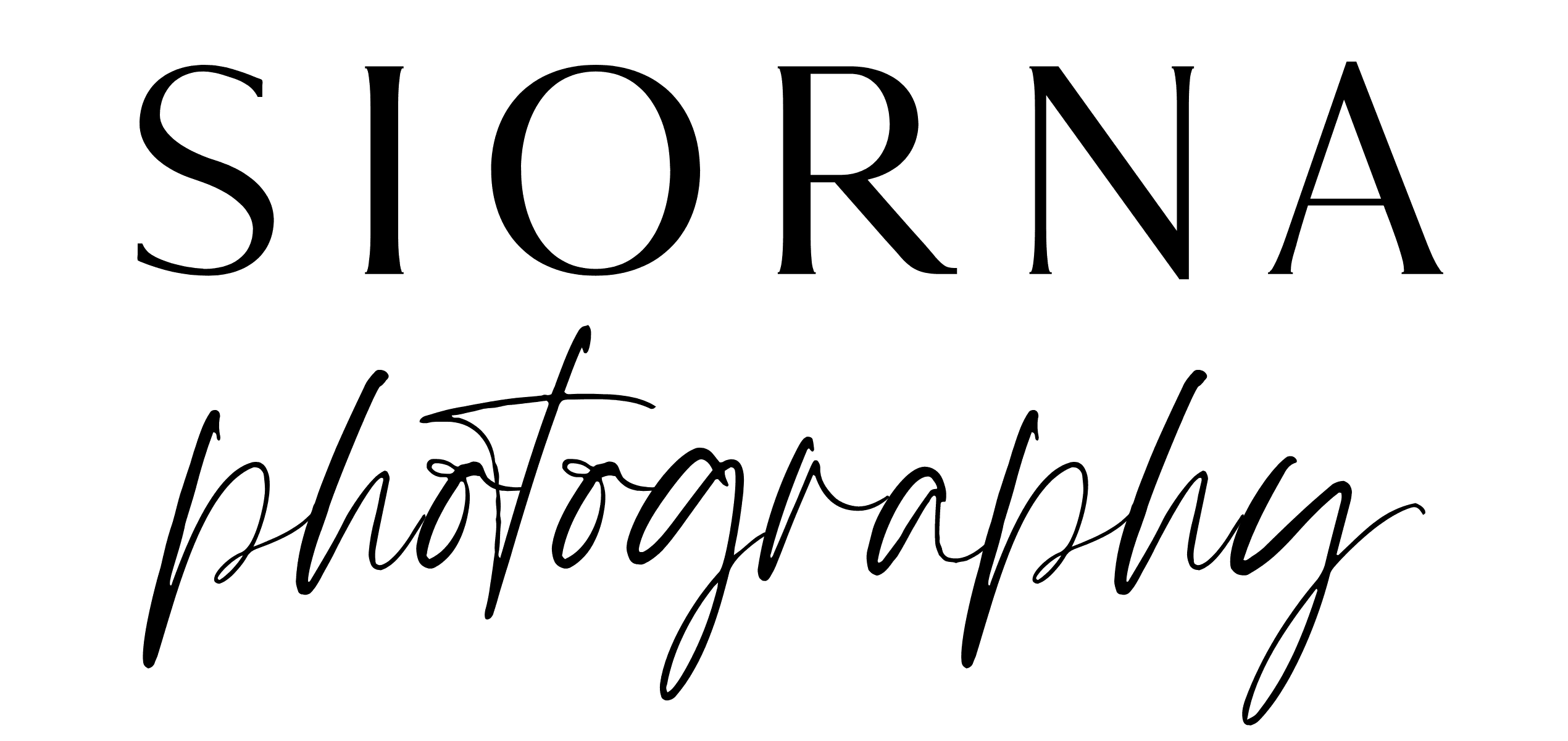When people think of boudoir photography, they often picture lingerie, soft lighting, and sultry poses. But behind the surface of each image lies something far more important: ethics.
As a boudoir and nude photographer, and as someone who teaches nude art photography at City Academy London, I’ve learned that working with the human form isn’t just about skill or style. It’s about responsibility. Because when someone steps in front of your lens, especially in a vulnerable or intimate context, the most important tool you can bring isn’t your camera. It’s your ability to listen, adapt, and respond with care.
That’s where situational ethics come in.

What is Boudoir with Boundaries?
In my studio, I practise what I call boudoir photography with boundaries. This is an approach that centres care, consent, and emotional safety as much as lighting or styling. This is situational ethics, understanding that there’s no single rulebook for what’s right. Instead, ethical choices are made in context, in response to the unique person, moment, and emotional landscape in front of you.
For me, that means:
- Asking questions, not assuming answers
- Letting clients set boundaries in real time, and knowing those boundaries may shift
- Responding with emotional intelligence rather than scripts
- Understanding that what feels empowering for one person might feel exposing for another
Every client brings their own history into the room, and that history shapes how we work together.

📖 A Note on Ethics — Rooted in Love
The idea of situational ethics comes from a simple but powerful place: care. Philosopher Joseph Fletcher believed that the most ethical thing you can do is what shows the greatest love in a given situation. It means making decisions based not on fixed rules, but on what honours the person in front of you. That’s what I try to do in every session, meet each client with attention, flexibility, and care that fits them.
It’s Not About Looking Sexy — It’s About Feeling Understood
Situational ethics means responding to the why behind each session and recognising that empowerment doesn’t look the same for everyone.
Some of my clients are marking milestone birthdays in their 30s or 40s, a point in life where they’re finally ready to take up space in their own story. Others come from cultural backgrounds where shame around the body, especially for women, runs deep. I’ve worked with Asian clients, for example, who were raised in environments where modesty and self-effacement were expected, and who are now beginning to explore what confidence and ownership look like on their own terms. For them, being photographed isn’t just a personal choice, it’s a cultural negotiation.
Then there’s bridal boudoir, often commissioned as a gift for a partner, but still deeply personal. These sessions are a dance between intention and audience: we might talk about what a client’s partner loves about them, a particular curve, a smile, a glance, and spend time creating images that honour that gaze. But crucially, sharing your body with a chosen partner is not the same as giving up agency. Consent and authorship remain central. That’s the heart of boudoir photography with boundaries, knowing that intimacy can be shared without losing agency.
We also build in variety from soft, light-filled images to moodier, more powerful portraits, because even in a session designed as a gift, most clients end up saying the same thing:
“It’s for me, really.”
That’s when you know the ethics are working. When someone feels seen on their terms, and walks away not just with photographs, but with something reclaimed.

Teaching It — and Living It
In my teaching at City Academy, I talk about how portraiture is never neutral. The photographer always holds power in how we frame, direct, and share. Situational ethics asks us to stay aware of that power and to use it with care, not control.
That also applies to something as seemingly simple as posing.
Yes, I have a back catalogue of poses. These are part of my creative toolkit developed from photographing over a hundred women. I offer guidance throughout the session, especially for clients who are nervous or new to being in front of the camera. But crucially, there’s no one-size-fits-all approach.
Every body is different. Every comfort level is different. This is why boudoir photography with boundaries matters, because the pose that empowers one person might make another feel exposed. Ethics means adapting, not assuming. A pose that flatters one person might feel exposing or uncomfortable to someone else. Some clients want to highlight their waist; others prefer to downplay their tummy or avoid a certain profile. That’s where ethics meets artistry, not in following a template, but in adapting with sensitivity.
Posing, in my practice, is never about fixing someone. It’s about finding what works best for that person, on that day, in that body, with that story.

The Consent Process - In Practice, Not Just in Paperwork
Consent isn’t something I tick off at the start of a session, it’s an ongoing, collaborative process. Before we ever begin shooting, I take time to understand your comfort levels, your hopes, and any specific areas you’d like to highlight or avoid. That might mean discussing how you feel about your tummy, your side profile, or how much skin you want to show.
I always check in during the session, especially when experimenting with lighting, expression, or styling and every image selection is done with you, not for you. Nothing is assumed. Nothing is pushed. You have full control over what is photographed and what is ever shared.

My approach is shaped by working with over 100 women from a wide range of backgrounds and experiences. For me, consent is not a one-time agreement. It’s a conversation that continues until the final image is delivered.
Want to hear from others?
If you’re considering a session but still unsure what to expect, I encourage you to explore my reviews and testimonials. They’re written by clients. People who were nervous, curious, or simply ready to experience boudoir photography with boundaries.
Or view my boudoir packages and explore the experience → London boudoir photography

